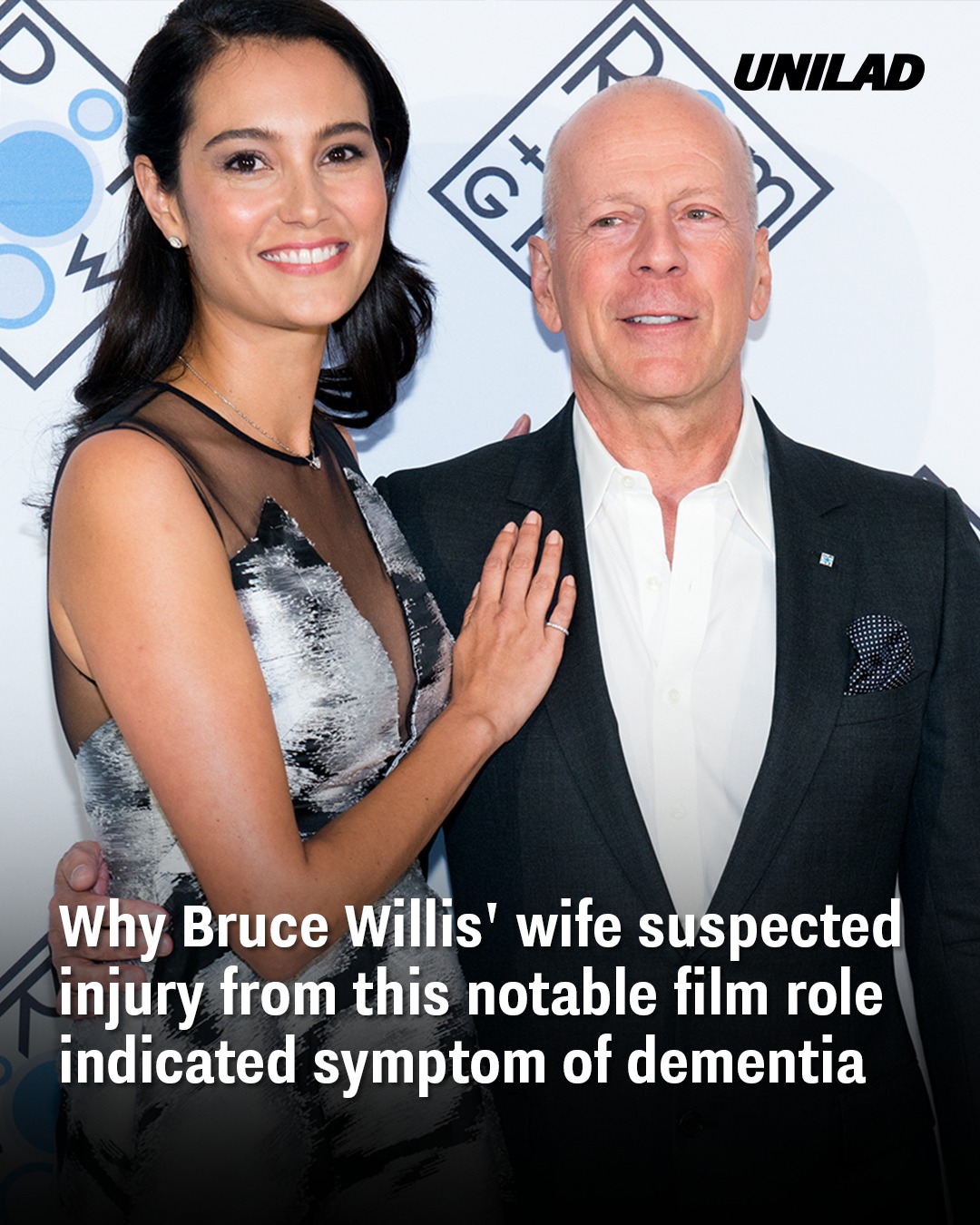Emma Heming Willis, wife of Bruce Willis, has shared a heartbreaking story about the moment she first realized something was wrong with her husband, leading to his eventual frontotemporal dementia (FTD) diagnosis.
Bruce Willis, best known for his iconic role in Die Hard, married Emma in 2009. The couple has two daughters, Mabel and Evelyn, and have been married for 16 years. However, their lives took a challenging turn when Willis was diagnosed with aphasia in 2022, a condition that affects speech, followed by a diagnosis of FTD in 2023.
Emma, who has taken on the role of primary caregiver for her husband, has become an advocate for others in similar caregiving situations. In her new book, Unexpected Journey: Finding Strength, Hope, and Yourself on the Caregiving Path, she opens up about her experience caring for someone with dementia and the struggles they face as a family.
Emma recalls that it was during the filming of Die Hard when Bruce’s hearing began to deteriorate significantly. “When Bruce was shooting the first Die Hard, he shot a gun underneath a table multiple times, and they didn’t have him wear any kind of ear protection,” Emma shared. “What took out a huge percentage of his hearing. And over time, for all of us as we age, our hearing starts to go a bit.”
.

Emma Heming Willis has been married to Bruce Willis for 16 years (John Nacion/WireImage)
For a while, Emma believed that the issues they faced in communication were due to Bruce’s hearing loss. She explained, “Maybe we’re having this miscommunication. He is really not hearing me properly. I thought maybe that’s why we weren’t communicating as well as we used to.”
As time went on, Emma began to notice further changes, including Bruce “checking out” during family meals. She thought at first he might just be letting their daughters have their “girl talk,” but the changes in his behavior continued. “It all felt very different. Our conversations and our connection just felt off,” Emma said. “It was really hard for me to understand why or what was happening to be able to put my finger on it.”
It was eventually through her own intuition that Emma began to suspect something more serious was at play. “I never realized, or would’ve ever thought, or have known, that this sort of lack of empathy was a symptom of young dementia,” she admitted. “I just knew in my gut that something else was going on.”
.

Emma had been candid about what it’s like caring Bruce amid his FTD diagnosis (Stephen Lovekin/Getty Images)
This gut feeling led Emma to approach Bruce’s doctor. She emphasizes the importance for caregivers to trust their instincts and advocate for their loved ones. “It’s important for us that we know it’s OK, and we should feel it’s empowering to go to our loved one’s doctor and say, ‘Something is not right, and I really need you to listen to me. Hear me.’”
As Bruce’s condition progressed, he was eventually moved to a separate home to receive round-the-clock care, although it remains close to their family home. Emma continues to care for him with the support of a medical team.
Emma’s candid reflections have brought awareness to the challenges of caring for a loved one with dementia and provide a valuable message for others going through similar experiences.
Featured Image Credit: Steve Granitz/WireImage/Getty Images


